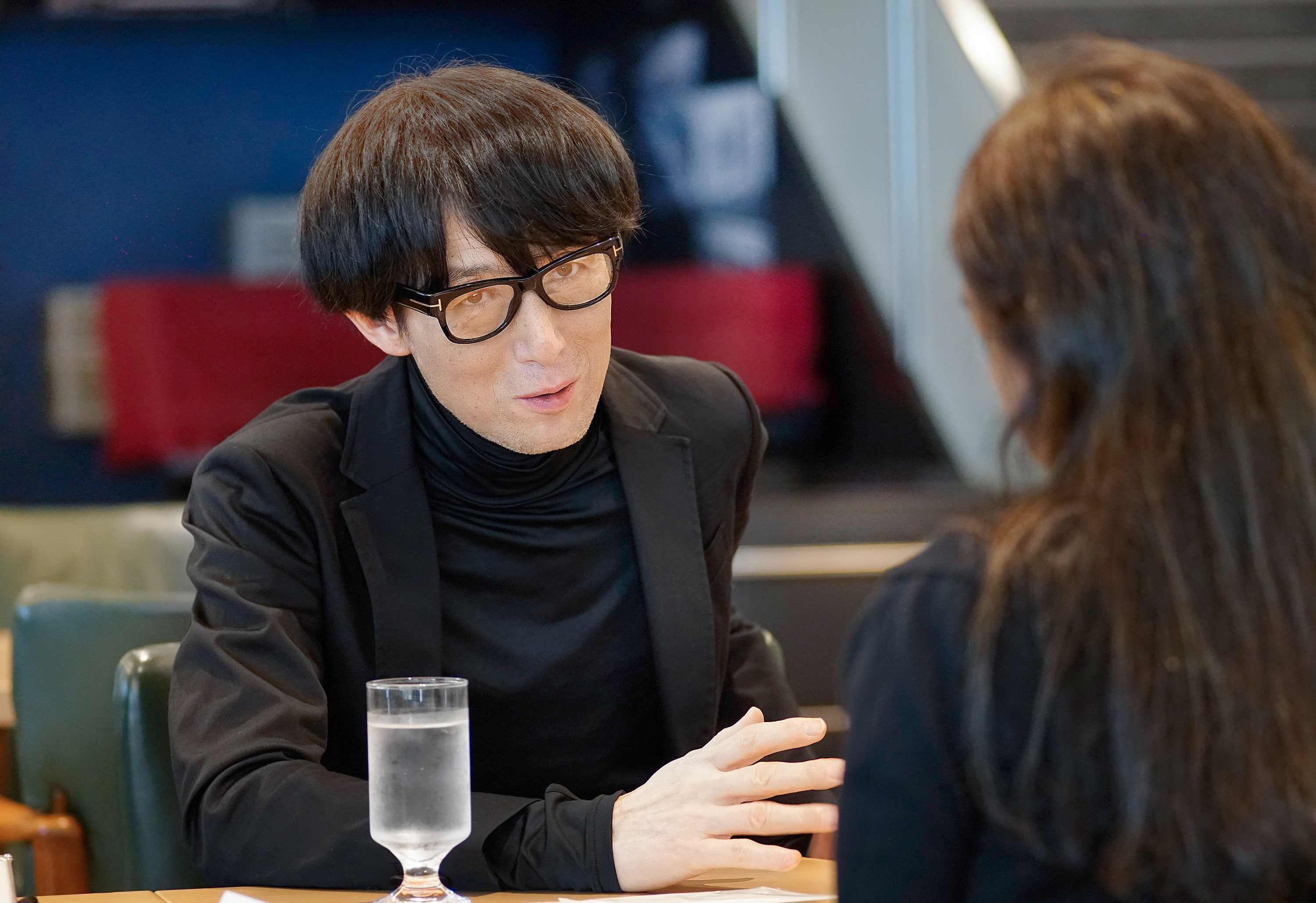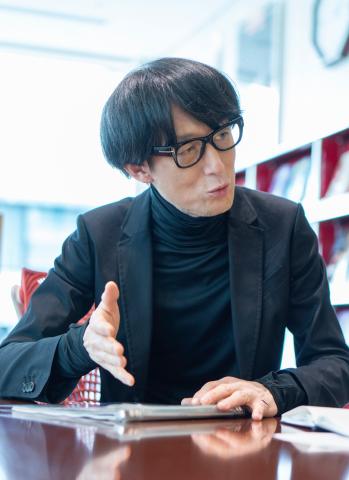Issue:
July 2025 | Ask an Associate
Editor Hiromitsu Ida says fashion magazine covers can be agents for social change

Hiromitsu Ida is a passionate advocate for designs that foster aesthetic consciousness. “In other words,” he explained in an interview with the Number 1 Shimbun, “I am talking about designs that encourage individuals to reflect. I believe design can be a powerful tool to raise public awareness.”
Ida should know. With stints as a director at the respected fashion titles Marie Claire and Elle Japon, the Tokyo native has long championed the role of the magazine cover as a space to convey a message.
“The cover page is not just the glossy face of beautiful fashion. Rather, it should explore the future,” he said.
Ida, currently a PhD candidate in the Department of Design at Sapporo City University, is exploring how the covers of fashion magazines visually construct and transmit social and cultural messages, with particular emphasis on the social advancement of women.
He is conducting a visual analysis of the covers of Seventeen magazine and plans to analyse more than 1,500 issues of the U.S. edition of Vogue published between 1909 and 1999. His research includes reader response surveys to assess how the magazine covers reflect shifting representations of women across the decades.
“In Japan, fashion magazines have traditionally prioritized commercial ideals of beauty over deeper social messaging,” said Ida, who is challenging these long-standing conventions. “By redefining the magazine cover as a cultural interface, I aim to develop editorial design guidelines for inclusive and socially engaged magazine design.”
Ida is currently an editor at Chuokoron-Shinsha, a prestigious magazine and book publisher. In 2023, he teamed up with global bestselling author Marie Kondo and writer–producer Genki Kawamura on the series Oshaberi na Heya (The chatty room), which first ran in the Yomiuri Shimbun and was later published as a book.
Japan`s fashion media - a thriving market of hundreds of magazines – places a premium on the constant turnover of beautiful clothes, women's health and beauty, food culture, and entertainment. Ida attributes the Japanese industry’s slow embrace of social narratives to its short history. “Shopping for ready-made clothing became a middle-class pursuit only in the post-World War II era,” he said, linking the trend to Japan’s rapid economic growth from the 1970s.
With the rise of new brands and fast fashion-fuelled commercialization, advertisers began to play a central role in the production of Japanese fashion magazines. “At one point, nearly half of each issue was composed of advertisements,” he said. “Advertising became indispensable to the publishing industry.”

As a result, much of Ida’s inspiration is from international fashion magazines whose covers feature female politicians, athletes, and actors advocating for social reform. “Covers of foreign magazines reflect messages that are often mirrors of contemporary society.”
Still, he points out that signs of change are beginning to emerge in Japan’s fashion media.
In 2021, for example, Vogue Japan featured Blackpink’s Lisa, a K-pop idol, as its cover model. “I believe that choosing this cover sent a powerful message, giving readers a sense of courage, saying that we, as Asians, also have opportunities, and that we too can speak to the world,” Ida said.
Ai Tominaga, who has graced the runways of fashion shows around the world, is another example of a model who has transcended industry expectations to become an agent of social change.
Tominaga is now a leading figure in the promotion of other socially engaged models and contributes to causes such as maternal and child health in developing countries, as well as raising awareness sexual and reproductive health and rights in Japan and overseas.
Ida discusses these themes in the lectures he gives at art colleges, hoping that younger generations will give greater thought to the potential impact of magazine covers. Some students have sent him messages thanking him for helping them view fashion as an agent of change.
For Ida, a magazine creates a social narrative through a convergence of culture, technology and story-telling. “People have to work together to be able to create power that can challenge the convenience of money.”
Suvendrini Kakuchi is Tokyo correspondent for University World News in the UK.



